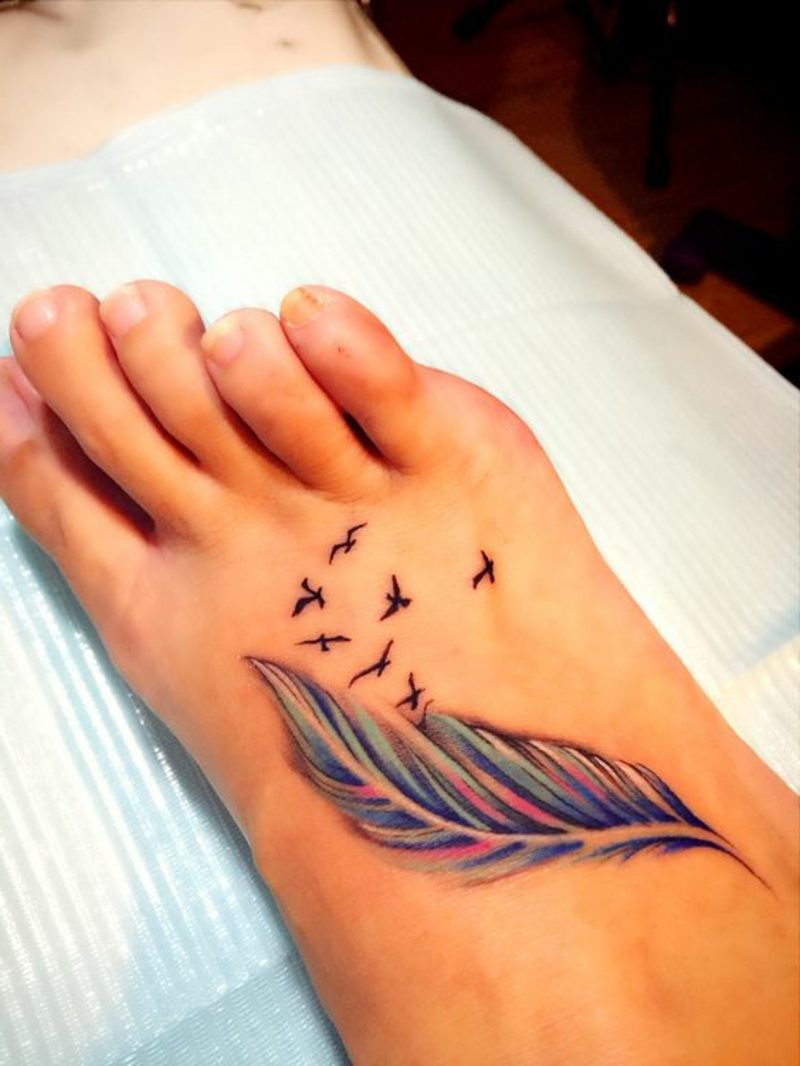The glue part was a three‐layered sheet composed of a silicone paper carrier sheet, acrylic glue (thickness ≈ 700 nm), and a plastic liner. The glue part was used for providing tattoo adhesion whereas stopping direct contact of interconnection strains with skin. Top A Hundred Best Sleeve Tattoos For Men: Cool Design Ideas & Inspirations (Kapton by Goodfellow, thickness 13 µm) had been employed as support layer for the external electrical connection, in case of planar connectors. Standard acrylic transparent sheet (thickness 0.3 mm) was used to build up laser‐cut masks.
Fabrication: Fabrication course of included inkjet printing of electrodes and assembling of laser cut layers via a lamination process. Inkjet printing was carried out with a Dimatix DMP‐2800 system (Fujifilm Corp., Japan) endowed with a ten pL cartridge (DMC‐11610). PEDOT:PSS ink was used for inkjet printing after filtration (Minisart, average pore measurement 0.20 µm, Sartorius).
The lamination course of allowed the assembling of multiple layers, each layer having an inner set geometry fabricated by way of laser cutting. Surface Characterization: Surface analysis was performed on tattoo samples, recollected onto completely different specific supports, after the discharge in water as free standing membrane (by the dissolution of starch layer). Thickness measurements had been carried out with a P6 stylus profilometer, KLA Tencor, onto samples recollected on clear Si wafer.
SEM micrographs were obtained with a FEI HELIOS 600 Nano Lab Dual Beam, operating at 5 KV, on samples recollected onto silicone skin replica. Topographical photos were obtained with an optical profilometer (LEICA DCM 3D optical profiler) working in confocal mode on a tattoo pattern recollected onto silicone skin replica.

Experiments Involving Human Subjects, Participants, and Experimental Procedure: Nine able‐bodied subjects (5 males and four females aged 29.5 ± 3.5 years outdated) free of any motor disorders participated to this study. Informed consent in accordance with the Declaration of Helsinki was obtained before conducting the experiments from each subject. Laser Tattoo Removal volunteered in the experimental measurement of the electrode-pores and skin contact impedance of three forms of electrodes measured for 60 min.